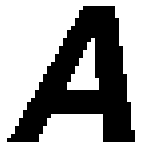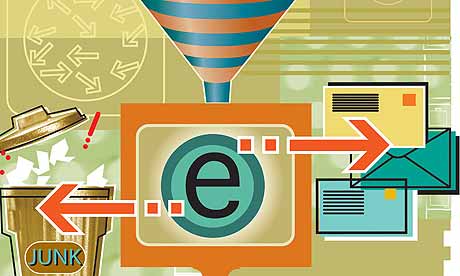0
Basic and Specialized Software Application
Posted by NasriSiru
on
9:56 PM
Graphical User Interface(GUI)

A program interface that takes advantage of the computer's graphics capabilities to make the program easier to use. GUI's feature the basic components like the pointer, icons, desktop & menus. The GUI have made computers much more user friendly.
Word Processor

Word processors set up and prepare materials on a computer using a keyboard and word processing software, such as reports, letters etc. The word processor uses word processing commands to format the material and instruct the machine to correct spelling or grammar errors, number pages automatically, adjust the margins or line length, or perform a host of other functions. Once completed, the Word Processor can print out and arrange copies of the document.
Spreadsheet

A spreadsheet is a grid that organizes data into columns and rows. Spreadsheets make it easy to display information, and people can insert formulas to work with the data. For example, there is a particular icon that has a formula to sum up numbers that are given. This icon is called auto sum. Information can also be sorted and filtered.
DBMS (Database Management System)

The database management system, or DBMS, is a computer software program that is designed as the means of managing all databases that are currently installed on a system hard drive or network.
Utility Suites

Utility software is a kind of system software designed to help analyze, configure, optimize and maintain the computer. Utility software should be contrasted with application software, which allows users to do things like creating text documents, playing games, listening to music or surfing the web.
Web Authoring

A category of software that enables the user to develop a Web site in a desktop publishing format. The software will generate the required HTML coding for the layout of the Web pages based on what the user designs.
Audio Editing Software

A digital audio editor is a computer application for audio editing, i.e. manipulating digital audio.
Bitmap Images

A bitmap is a type of graphic composed of pixels (picture element) in a grid. Each pixel or "bit" contains color information for the image. Bitmap graphics formats have a fixed resolution which means that resizing a bitmap graphic can result in distortion and jagged edges. Some common bitmap formats are GIF, JPG or JPEG, TIFF, PNG, PICT, PCX, and BMP.
HTML Editor

Also called an authoring tool, an HTML editor is a software program that inserts HTML code as you create a HTML file. Some editors will provide a word processing GUI enabling users to create HTML documents without knowing any HTML code.
Image Editor

A graphics program that provides a variety of special features for altering bit-mapped images. The difference between image editors and paint programs is not always clear-cut, but in general image editors are specialized for modifying bit-mapped images, such as scanned photographs, whereas paint programs are specialized for creating images.
Multimedia

As the name implies, multimedia is the integration of multiple forms of media. This includes text, graphics, audio, video, etc.
Vector Images

Unlike JPEGs, GIFs, and BMP images, vector graphics are not made up of a grid of pixels. Instead, vector graphics are comprised of geometric shapes or objects. Because these objects can be defined by mathematical equations, they can easily be resized, coloured, textured and manipulated.















